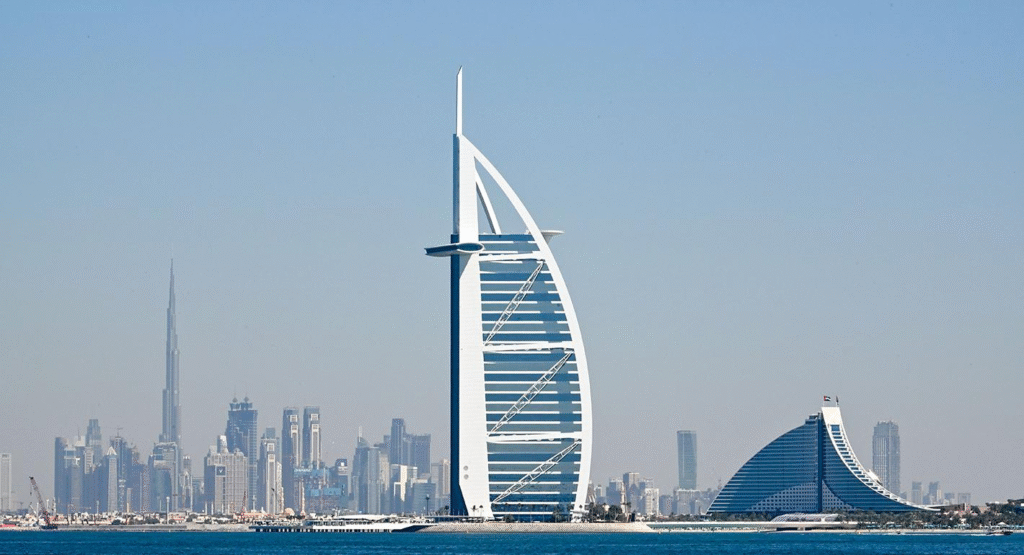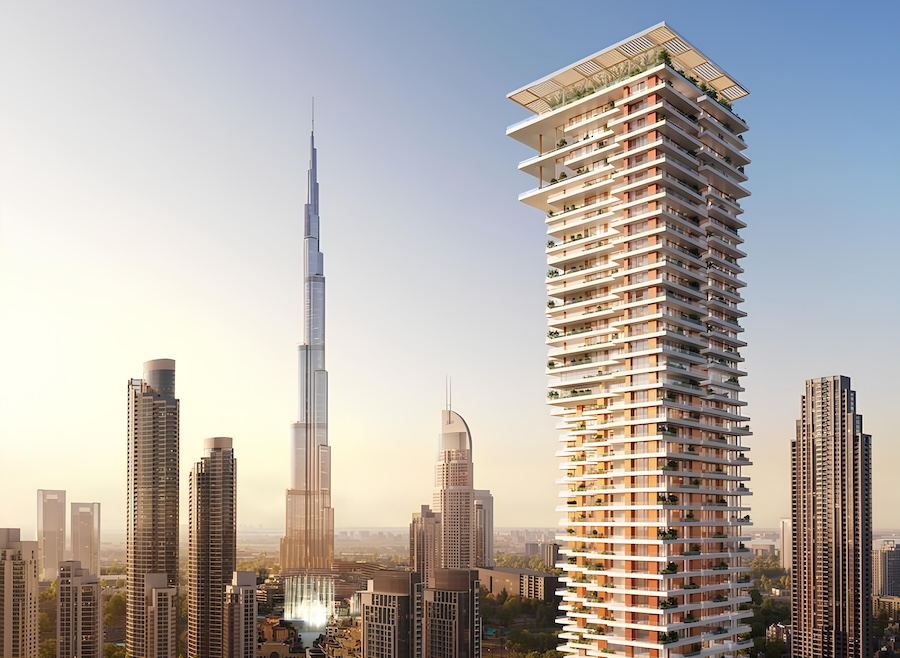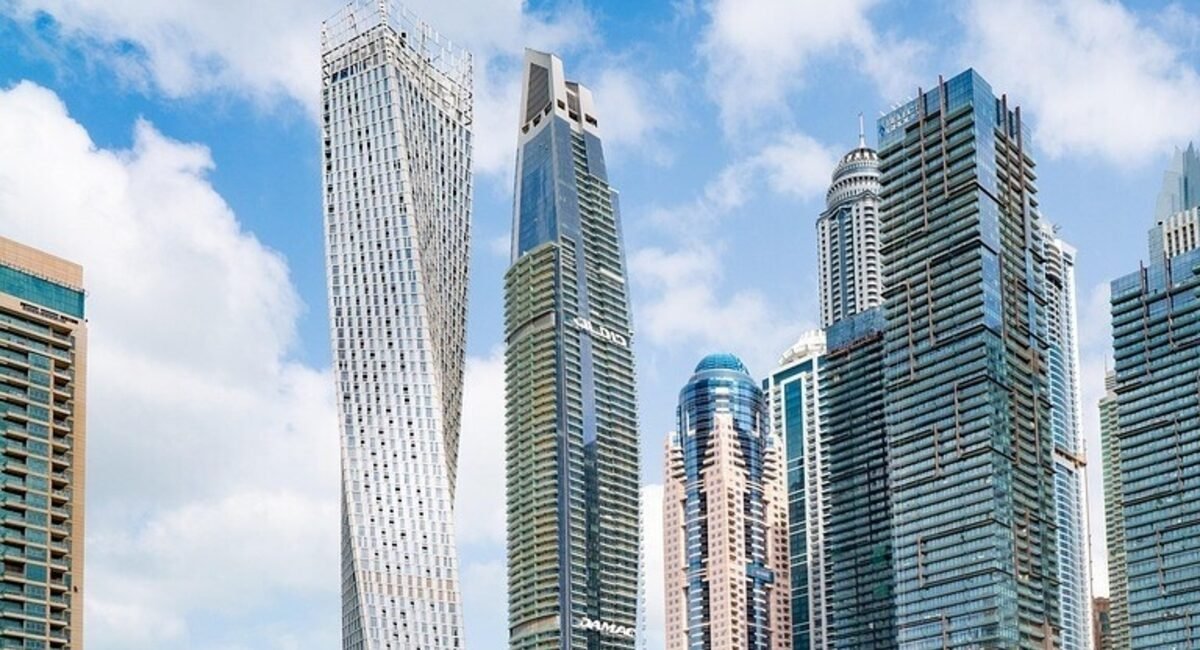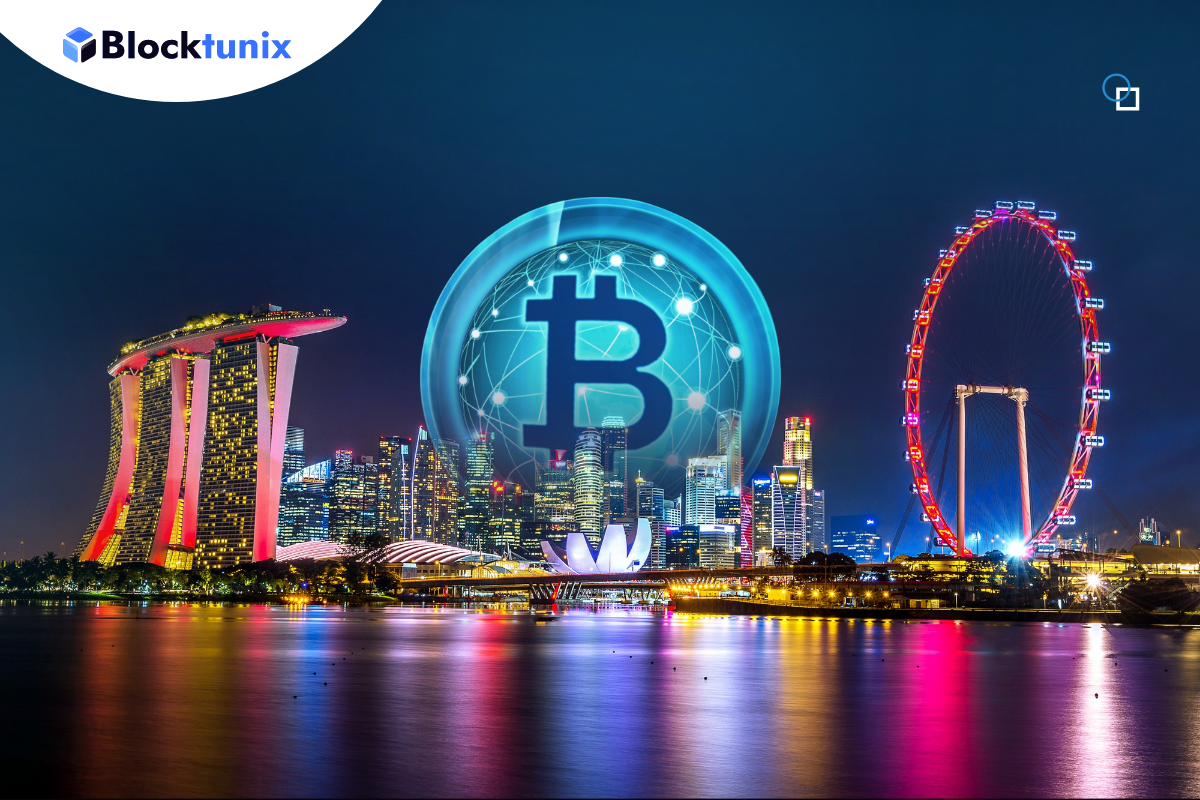Now Reading: Second Homes or Status Symbols? 7 Surprising Truths Revealed
-
01
Second Homes or Status Symbols? 7 Surprising Truths Revealed
Second Homes or Status Symbols? 7 Surprising Truths Revealed

Table of Contents
Dubai second homes are grabbing headlines, but are these luxury properties truly bought as practical residences — or are they really just status symbols for the world’s wealthy? From waterfront villas on Palm Jumeirah to sky-high penthouses in Downtown Dubai, the city’s booming real estate market is a hotbed of high-value deals. But beneath the glossy surface lies a complex web of motivations driving these purchases.
This article explores the real intent behind Dubai’s mega property deals — and whether they reflect a genuine housing need or the pursuit of prestige.
Dubai Second Homes: Investment or Identity?

The purchase of Dubai second homes has seen record growth in the past few years. According to industry analysts, 2024 alone witnessed over $60 billion in real estate transactions, many involving ultra-luxury properties priced above AED 20 million.
Yet, most buyers don’t even reside in these properties for more than a few weeks a year. Instead, the purchases are often more about branding, global positioning, and power. So, what’s really motivating these high-net-worth individuals?
1. A Global Address for a Global Identity
Owning a Dubai second home offers more than just luxury — it provides a recognizable international address. For wealthy individuals from Europe, Russia, China, and India, Dubai is a badge of belonging to a global elite.
Having a penthouse in Downtown or a mansion on the Palm is now seen as equal to owning a property in New York or London — but with better weather, taxes, and lifestyle perks.
2. Visa Benefits and Residency Appeal
Dubai’s Golden Visa initiative has made the city even more attractive for property buyers. Those investing in Dubai second homes worth AED 2 million or more are eligible for a 10-year residency visa.
This residency status provides security and flexibility in the UAE, making property an appealing route for long-term strategic relocation or business expansion in the region.
3. Tax-Free Wealth Preservation
For ultra-rich investors, Dubai’s tax policies are a major attraction. No property tax, no income tax, and no capital gains tax on real estate mean Dubai second homes are not just symbols of wealth but tools for preserving it.
Investing in luxury real estate allows these buyers to park funds in a stable and appreciating asset — often better than keeping it in volatile stock markets or low-interest bank accounts.
4. Lifestyle Boosts and Brand Identity
Luxury property developers in Dubai understand the emotional appeal of real estate. Branded residences such as Armani, Bugatti, and Baccarat homes add status to the purchase.
These homes are not just residences — they are lifestyle products. Buyers are investing in a feeling, not just square footage. They want to say, “I own an Armani home in Dubai.”
This makes Dubai second homes more of a branding choice than a residential one.
5. Safety and Political Neutrality
Dubai’s safety and political neutrality add another layer to the motivation. In times of global instability, the city serves as a neutral and secure location for assets, family, and business.
For many buyers from politically tense regions, buying a Dubai second home is an insurance policy — a safe haven where they can retreat if needed.
6. High-Yield Rental Opportunities
Even when not occupied, many Dubai second homes are rented out on the luxury short-term market. Platforms like Airbnb and high-end property management firms make it easy for owners to earn 6–10% annual returns.
This dual-purpose functionality — status and income — makes Dubai’s real estate market even more attractive to international investors who want the best of both worlds.
7. Peer Pressure and Wealth Signaling

Sometimes, it’s not strategy but social pressure that drives these deals. Among the elite, owning property in Dubai is often a social requirement. Friends, business partners, and influencers constantly showcase their villas and apartments online.
To keep up, others follow suit — not because they need a second home, but because it has become a status norm.
The Bigger Picture: Not Just Shelter, But Symbol
These insights show that Dubai second homes are rarely just homes. They are strategic, emotional, and symbolic purchases. Buyers are making statements — about who they are, where they belong, and how much they can afford.
This explains why so many properties remain unoccupied for months. The home exists, not for living, but for signaling wealth, prestige, and positioning in a global network of elites.
Developers Responding to the Demand
Developers are well aware of these motivations. Many now design properties tailored to prestige. Features like private elevators, art galleries, designer interiors, and panoramic infinity pools are not practical necessities — they’re status indicators.
Additionally, limited-edition offerings, members-only communities, and curated concierge services further position Dubai second homes as luxury assets with exclusive appeal.
Is It Sustainable?
While this trend has fueled a boom in the luxury sector, some analysts raise concerns about sustainability. Empty homes, speculative investment, and skewed pricing can destabilize the market over time. However, Dubai’s consistent influx of global wealth and favorable business policies continue to attract buyers.
Until global wealth trends shift significantly, Dubai second homes will remain a magnet for the world’s rich and powerful — regardless of whether they live there full-time or not.
Final Thoughts: More Than a Home
So, are Dubai second homes practical investments or polished status symbols?
The answer is: both.
For some, it’s about returns and long-term value. For others, it’s about prestige and presence. But for most buyers, it’s a complex mix of economic opportunity and social signaling — all wrapped in a stunning skyline and a zero-tax promise.
As long as Dubai continues to offer a luxurious lifestyle, business incentives, and global relevance, the city’s mega property purchases will remain less about shelter — and more about story.
Also Read – Dubai’s Most Exclusive Properties You’ll Never Find Online





















